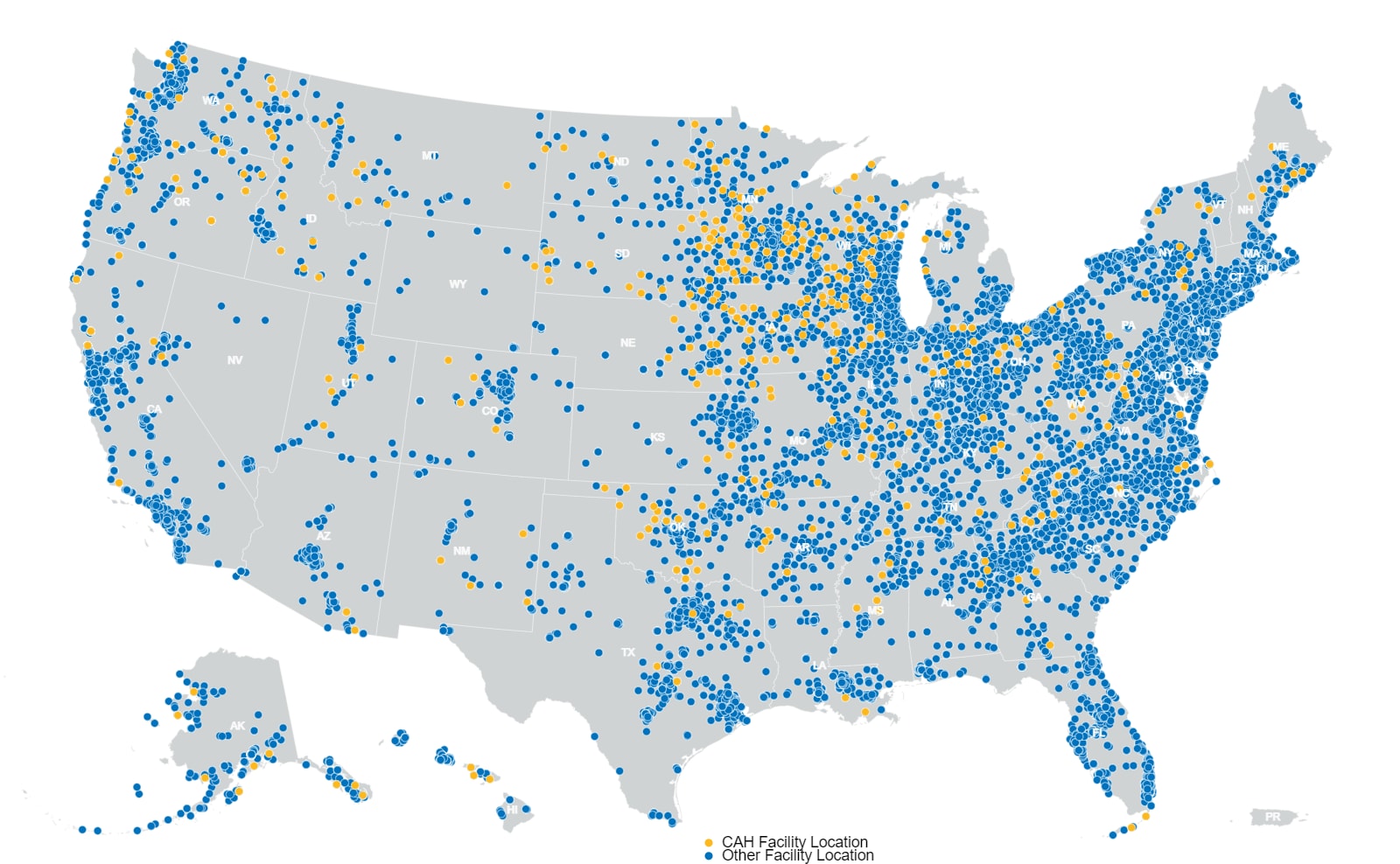Key points
When healthcare data are shared faster, the nation can more quickly respond to public health threats, protect health and improve lives. Electronic case reporting reduces the reporting burden on hospitals and healthcare providers and gets data to state, tribal, local and territorial (STLT) public health departments as fast as possible.

Why the effort matters
Strengthening the core of public health data is a primary public health data goal.
When healthcare data are shared faster, the nation can more quickly respond to public health threats to protect health and improve lives. Use of electronic case reporting reduces the reporting burden on hospitals and healthcare providers. And it gets data to state, tribal, local and territorial (STLT) public health departments as fast as possible.
A milestone in the 2023 Public Health Data Strategy focused on increasing coverage of electronic case reporting among Critical Access Hospitals (CAHs). The goal was to better understand public health threats in rural communities and across the nation.
Achieving this milestone would reduce the data reporting burden for the hospitals. It would also enable STLT public health departments and CDC programs to more quickly identify disease trends in rural communities. And CAHs would save money by avoiding a downward payment adjustment based on the Centers for Medicare and Medicaid Services Promoting Interoperability Program rules.1
